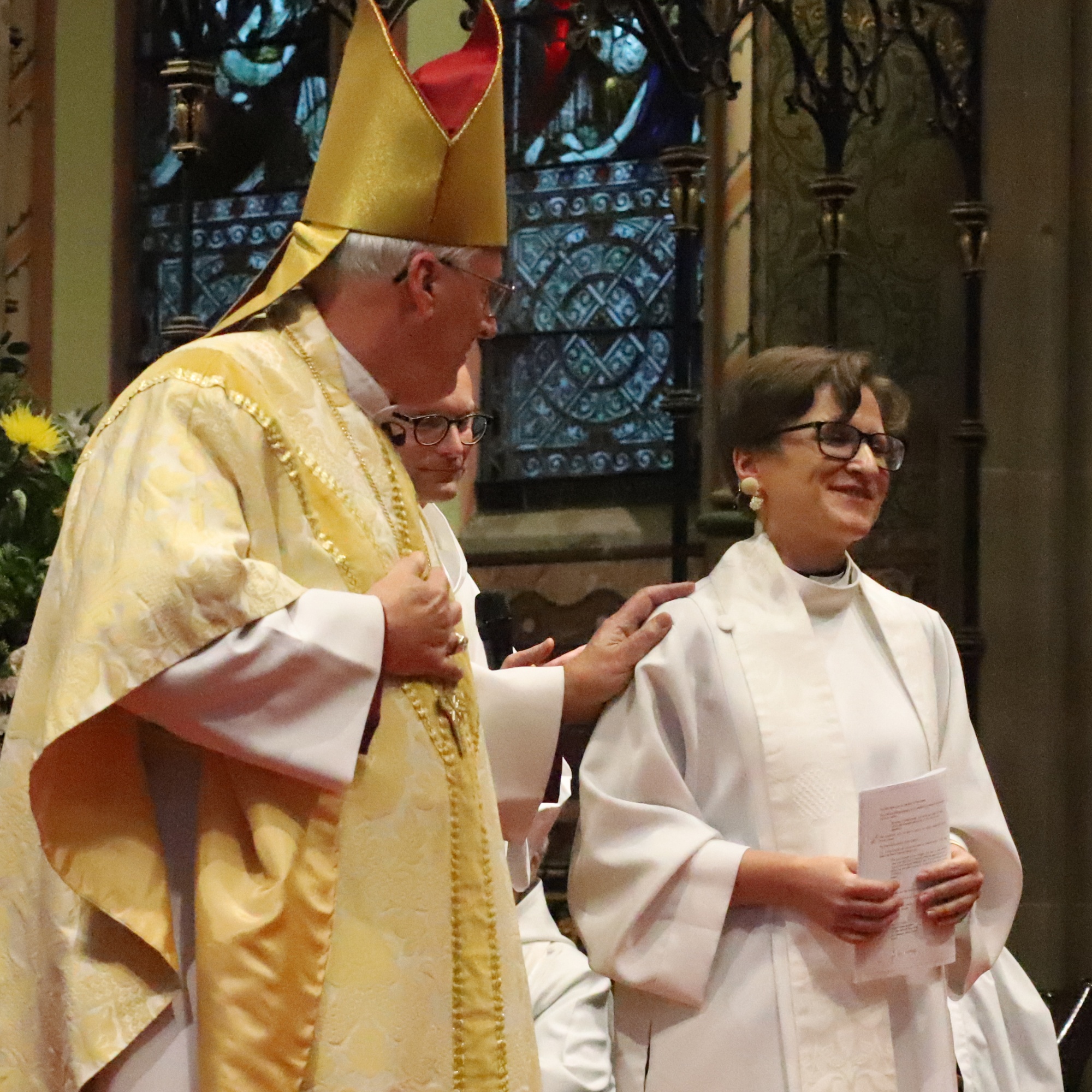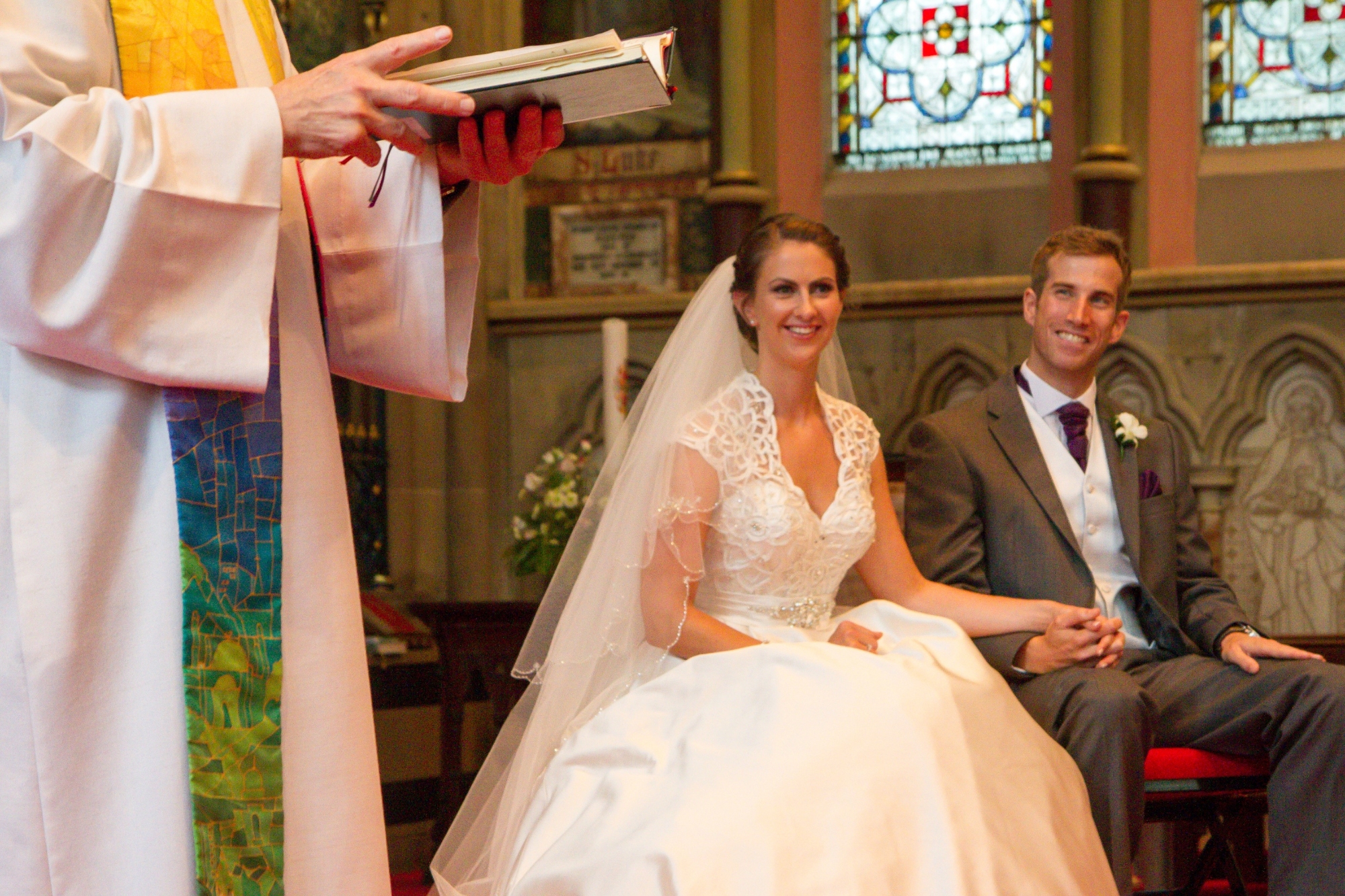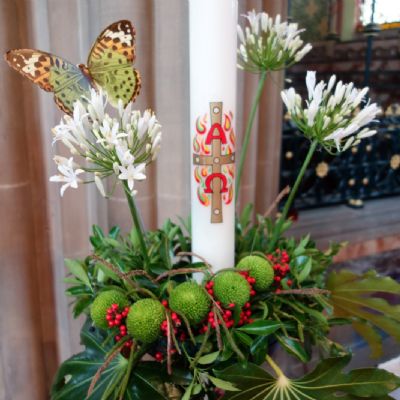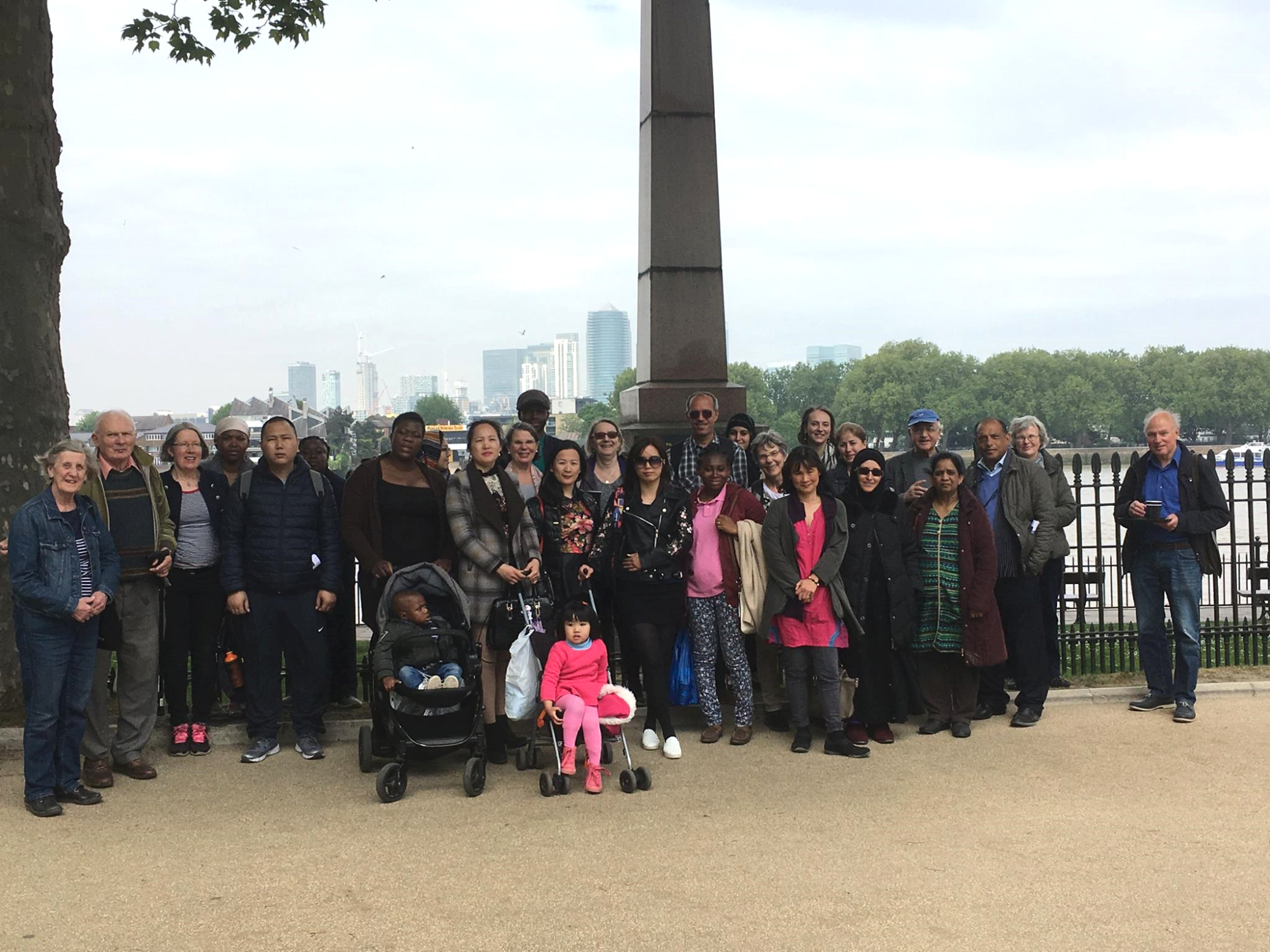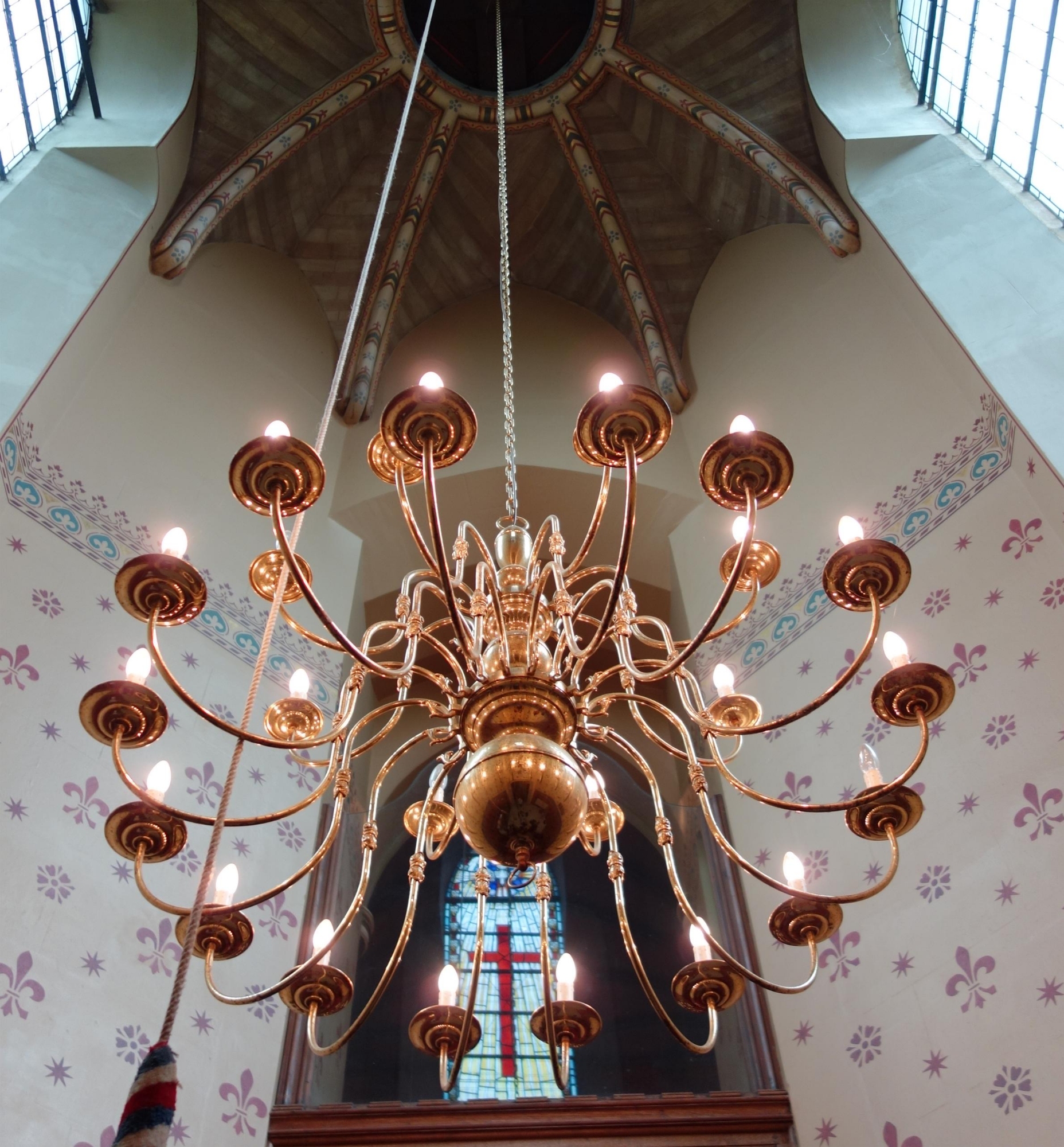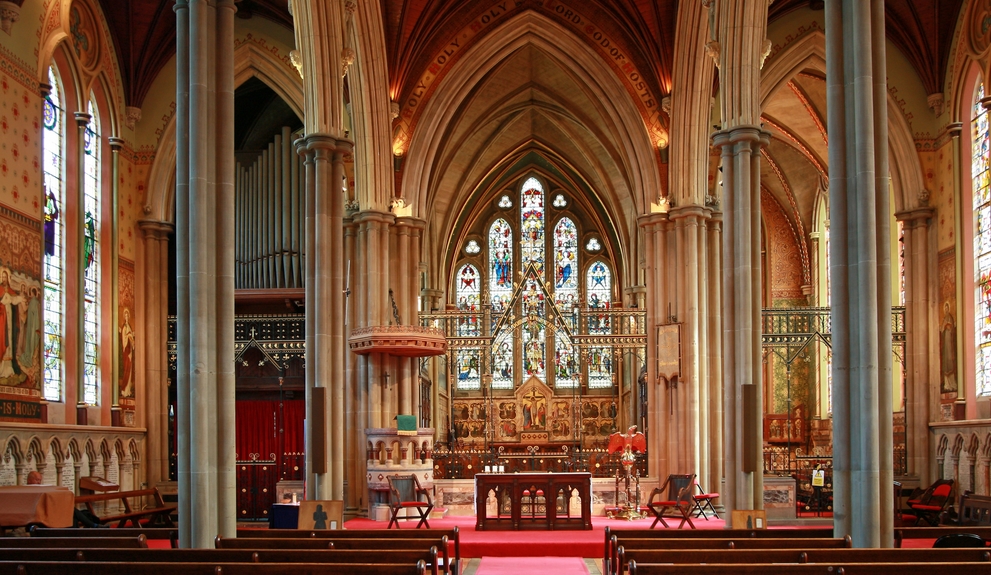0. Quick history of the three churches
QUICK HISTORY OF THE THREE CHURCHES:
1120ish – first reference to St Margaret, Lee (possibly dedicated at the time of Edward the Confessor for whom St Margaret of Antioch was a favourite; as well as a favourite of the Crusaders)
1275 – Early Church whose tower (2*) still stands in the Old Churchyard.
1700s – Absentee rectors – many rectors had multiple parishes and the village of Lee was small, so not the residence of choice. Uncared for, the church gradually deteriorating to danger point.
1803 – Rector George Lock (Rector here for 61 years) found the church needed imminent replacement.
1813 – the architect was appointed – Joseph Gwilt. Unfortunately he used the old medieval foundations on which to construct a new and slightly larger church and the new structure quickly became unstable. During the 1820s and 30s the church had frequent structural and repair problems.
1837 – Decision to replace the Gwilt church. New land was bought from churchwarden Thomas Brandram for an advantageous sum. Architect John Brown of Norwich was appointed.
1841 – today’s church (a brick “hall church”, vey light and airy) was consecrated by the Bishop of Rochester.
1848 – Galleries were added due to heavy demand.
1873 – arrival of Rector Frederick Law and wife Lady Adelaide, daughter of the 3rd Marquis of Londonderry. They were both influenced by the Oxford Movement, Pugin and Gothic Revivalism. To them we owe the reordering, the scale and the quality of the decoration. The architect for the extensions and for the designs for the interior decorations was James Brooks.
Two war memorials – the Boer War is on the West Wall and WW1 in the sanctuary and consisting of the carved altar table and a timber plaque listing names.
1940 – Bomb fell at junction of Brandram Road and Belmont Hill blowing out the windows at the west of the church and destabilising the belfry and spire.
1942 – Bomb fell on southern perimeter of the churchyard destroying some of the windows in the south wall of the Lady Chapel and Nave.
1952 Windows – the surviving Victorian windows in the north wall were moved to the south side and the new north windows were designed and installed by the studios of AK Nicholson.
1845 to 2010 – Major restoration and modernisation of the whole building and the Old Churchyard.
Today the church provides an inspiring setting for Christian worship.
The church is frequently used for concerts, exhibitions and other cultural events and with its modern Crypt, together with the Visitor’s Centre and the Kingswood Halls we provide a variety of spaces that are used by local organisations and individuals.

